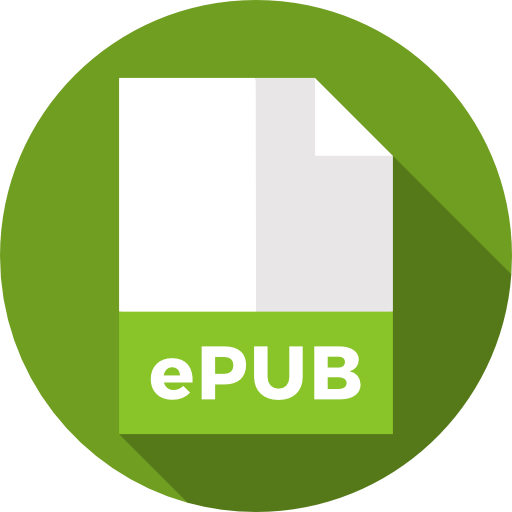
An International Publisher for Academic and Scientific Journals
Author Login
Scholars Journal of Applied Medical Sciences | Volume-13 | Issue-05
To Assess the Effectiveness of Chart-Based Learning in Anatomy for Phase -I MBBS Students
Soniya B. Parchake, Praveen Singh, Minal Patel , Rajratna Ramteke, Md Nilesh. K Tumram
Published: May 24, 2025 |
210
127
Pages: 1206-1212
Downloads
Abstract
Background: The field of medical education is evolving to foster self-directed learning, critical thinking, and problem-solving skills. Anatomy, being a cornerstone of medical education, often presents challenges to first-year MBBS students due to its complex and intricate nature. Traditional didactic teaching methods are sometimes inadequate for effectively conveying such detailed content. Chart-based learning, utilizing visual tools such as tables, graphs, and diagrams, is emerging as an innovative teaching strategy aimed at simplifying complex information and improving student engagement and retention. Aim: To assess the effectiveness of chart-based learning in enhancing the understanding, retention, and conceptual clarity of anatomy for first-year MBBS students. Objectives: To assess the effectiveness of chart-based learning in anatomy through pre- and post-test scores. To evaluate student perceptions of chart-based learning through feedback. Methodology: This quasi-experimental study involved a convenient sample of 100 first-year MBBS students from the Department of Anatomy at Government Medical College, Nandurbar. Participants were randomly divided into two groups: Group A (experimental group) received chart-based learning, while Group B (control group) underwent traditional didactic lectures. Data was collected through pre- and post-tests, as well as a validated semi-structured feedback questionnaire administered online. Statistical analysis was performed using SPSS version 26 and Microsoft Excel 2019, with a significance level set at p < 0.05. Results: The comparison of post-test scores revealed that the chart-based learning group achieved consistently higher scores across various anatomy topics (e.g., Femoral Triangle, Hip Joint, Knee Joint, Arches of the Foot) compared to the didactic group. Statistical analysis indicated significant improvements in both groups from pre-test to post-test (p < 0.05), with the chart-based group showing greater learning gains


